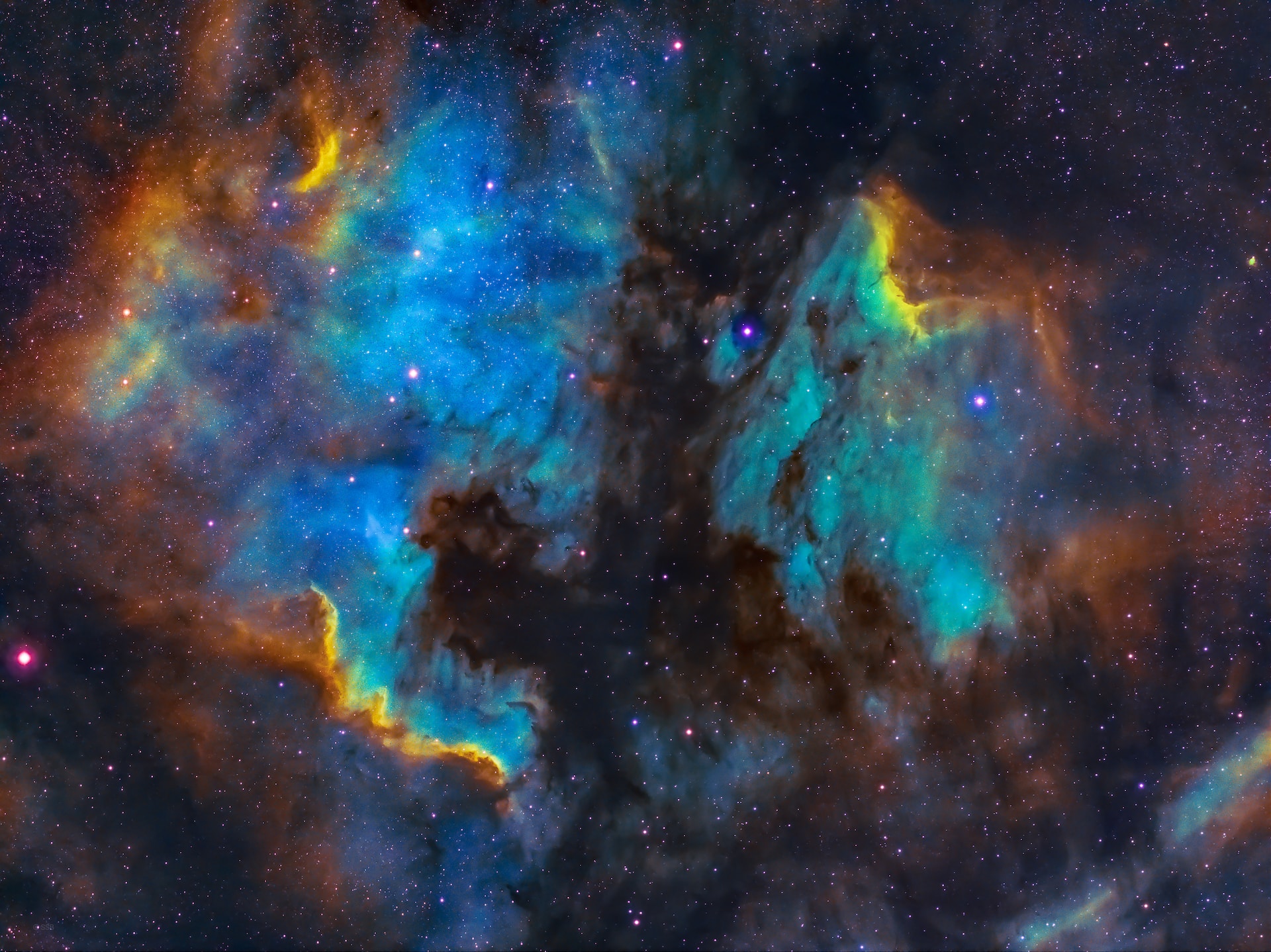Astronomers could identify the first stars that lit up in the Universe. They are dated almost to the beginning of time – about 13.7 billion years ago. The study of their remains will shed new light on the early cosmos.

An Italian team identified the remains using the Very Large Telescope (VLT) in Chile. They used light from quasars – incredibly bright objects at the centers of distant galaxies – to detect their existence. Lead author, Professor Stefania Salvadori from the University of Florence in Italy, said: “Our discovery paves new ways for indirect study of the nature of the first stars”.
Quasars are galaxies with active black holes that emit energetic jets coming from their poles. When light spreads, it passes through clouds of gas that absorb waves of a certain length depending on what elements they contain. The researchers used this absorption to isolate three distant gas clouds at a distance of almost 25 billion light-years with strange chemical signs. They observed these clouds as they appeared more than 11 billion years ago; about two billion years after they were born, according to New Scientist.
Gas clouds often remain after a supernova explosion. But astronomers suggest that some of the first stars do not explode completely, leaving their cores and heavier elements inside intact. These explosions would leave behind clouds rich in carbon, oxygen and magnesium, but with little or no iron content, unlike clouds formed by more powerful explosions. This is exactly what the researchers find. The chemical signatures of these distant objects, which are more than 13 billion years old, are strikingly different from the signatures of younger stars, such as our Sun. Their discovery will open a window into how stars, galaxies, and even basic chemical elements are formed.
Young Universe and first stars
In the early days of the Universe, only very simple elements such as hydrogen and helium were available. The first stars flared up only from these elements. Over time, their red-hot nuclei gradually turned simple atoms into heavier elements, such as carbon, oxygen, magnesium and, finally, metals.
Later generations of stars formed from clouds of gas containing these heavier atoms; and today, most of the stars that scientists observe are rich in metals such as iron. Our Sun is 98% hydrogen and helium, but contains a small amount of heavier elements such as iron, neon and carbon.
No one has observed primordial metal-deficient stars directly. Most of them have long been extinguished or exploded. But scientists can still observe some of their remnants in the form of clouds of scattered gas and dust, peering into them billions of light-years away.
Professor Salvadori said: “The clouds were extremely poor in iron and other metallic elements, but rich in carbon, oxygen and magnesium — precisely what would have been left over after the first stars ran out of fuel and exploded. This tracks with other research into the origins of stars, and may help explain the composition of younger stars, including those found in the Milky Way”.
Follow us on Twitter to get the most interesting space news in time
https://twitter.com/ust_magazine
